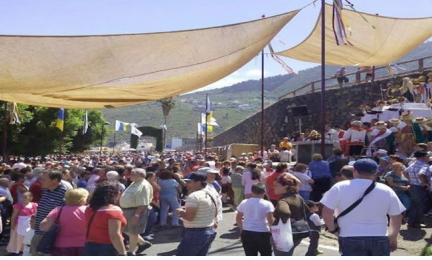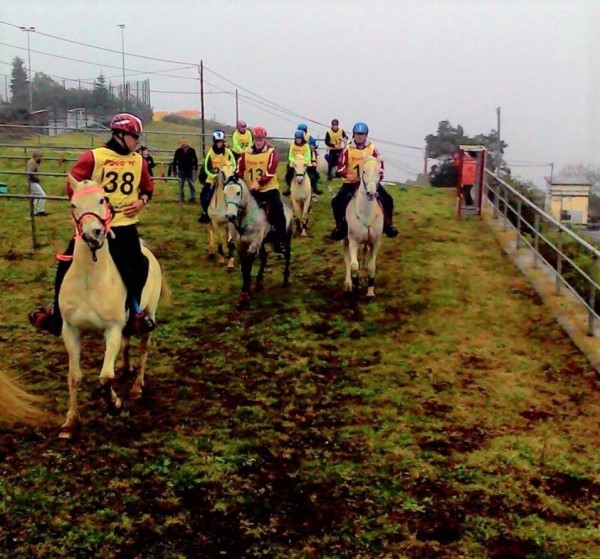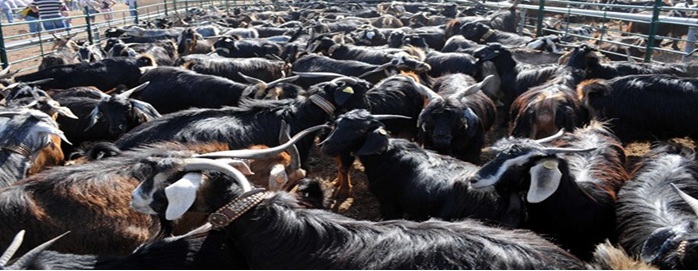
These celebrations, held in the district of Benijos in the highlands of La Orotava, in honour of San Isidro Labrador and Santa Maria de la Cabeza, have deservedly gained great popularity, and they gather together neighbours and people from other points of the northern region of the island. They began to be celebrated back in 1977, in the month of September and the main events are the well-known livestock fair, which has had thirty-nine editions and counts with more than 3,000 head of cattle in the fair ground: goats, horses, mules and beef cattle. You can also enjoy whistle language demonstrations from the island of La Gomera, shepherd's pole jumping, conch shell blowing, a threshing exhibition and pony and mule riding ring threading competitions, besides a horseback riding competition, among others. All the events revolve around the religious acts, with the celebration of the popular pilgrimage in honour of the patrons, from Lomo Alto to the church square, with carts, magicians and multiple folk groups and spree bands.
In past decades, neighbourhoods such as Benijos and La Florida, and the area of the mid-elevations in general, had a very important livestock sector, especially beef cattle, because it was essential for the tillage of the fields. Hence, the municipality currently has three livestock fairs and exhibitions, in order to exalt the tillage practices, to pay homage to the countryside men and women and show the importance the primary sector has had and still has in the municipality.

At that time, the fairs were celebrated with cattle from the municipality, since it abounded in the mid-elevation areas. Over the years, the mechanization of agrarian work has forced the disappearance of cattle from the landscape of the La Orotava highlands, making it necessary to resort to beef cattle from other municipalities in order to continue celebrating traditional livestock fairs in La Orotava. That is why the new fair model tries to expose the current reality of livestock in the Valley, where the main example is goats. We count with more than 3,000 heads, including bovine livestock, horses and mules, and also beef cattle for human consumption (with which the municipality does count nowadays), pigs and farmyard animals, such as chickens and rabbits. With these activities we are trying to boost the companies in the sector, the family businesses with great tradition, exposing their work and appreciating what the livestock sector has been, is and will be in La Orotava.






